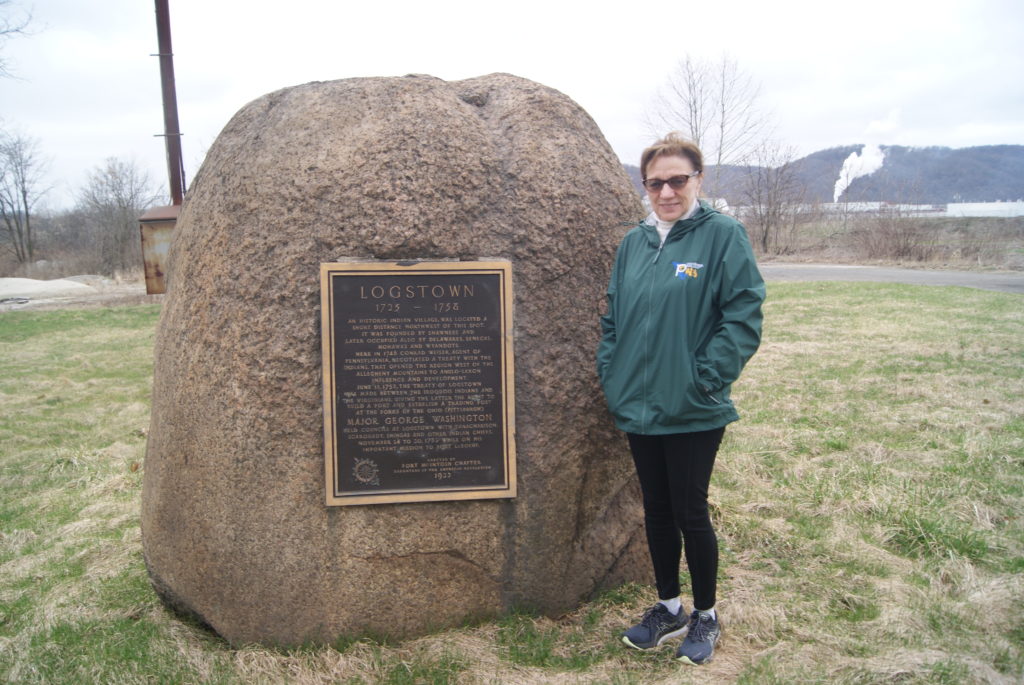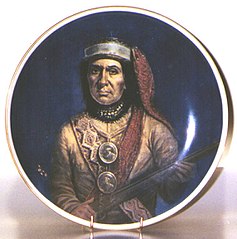Like 21st-century Ukraine, the Mingo Indians in 18th-century Western Pennsylvania found themselves caught in the power politics of three imperial powers.
In the early 18th century, two powers dominated what is today the northeastern United States: the British and the Iroquois Confederacy. The Confederacy resulted from a series of bloody wars of conquest starting in the thirteenth century. The Seneca, Cayuga, Onandaga, Oneida and Mohawk nations made up the Confederacy.
In addition, French power loomed to the north, in Canada.
The British, the French, and the Iroquois all recognized the opportunities presented by the Ohio Valley. Some Indians from the Iroquois and Shawnee tribes migrated west in the early 18th century. They came for several reasons. The Iroquois wanted to stake a claim to the area. European immigrants were rapidly filling the northeast. And a smallpox epidemic in 1733 and a drought in 1741 drove many people west. They began to settle in what was then known as the Ohio Country, joining or displacing the native Algonquin and Delaware peoples. Today we call the area West Virginia, Ohio and western Pennsylvania,
Some historians refer to these settlers as Ohioans or New Ohioans. They called themselves the Mingo. The Mingo came to see themselves as a separate people from the Iroquois Confederacy, and to resent the Confederacy’s power over them. They wanted to make their own rules, and trade freely with both the French and the other Indian tribes to their northwest.
Guyasuta and the Ohio Valley

In 1724, a baby was born in New York’s Genessee River Valley, the son of a Seneca chief. His family soon migrated to the Mingo village of Logstown beside the Beautiful River, the Ohio. The little Indian boy grew up in the forested hills of western Pennsylvania. He met George Washington more than once, figured as a warrior or diplomat in the most important events of 18th-century North America, often chose the losing side, and died brokenhearted. Today a statue of him with George Washington overlooks the city of Pittsburgh from Mount Washington.
His name was Guyasuta.
I was reading about him just as Al and I had participated in a Sunday School class about native Americans. Their history is early American history. But most of us know very little about it. It has been erased or ignored – “cancelled” in current parlance. I wanted to do my small part to remedy that by telling Guyasuta’s story in more depth.
So, watch this space for a series of posts on a man who tried to protect his people against three different imperial powers at a time when lives, fortunes and a whole continent were at stake.
Sources
Brady J. Crytzer. Guyasuta and the Fall of Indian America. Yardley, PA: Westholme Publishing, LLC, 2016.
https://en.wikipedia.org/wiki/Logstown
https://en.wikipedia.org/wiki/Guyasuta

